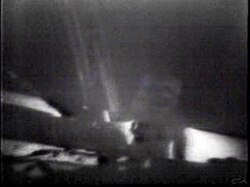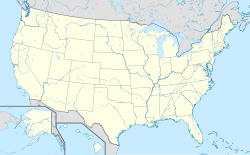CSIRO Parkes Radio Telescope
The Parkes Observatory is a radio telescope observatory, 20 kilometres north of the town of Parkes, New South Wales, Australia. It was one of several radio antennas used to receive images of the Apollo 11 moon landing in July 1969.
CSIRO Parkes radio telescope is the largest and oldest of the eight antennas comprising the 'Australian Telescope National Facility'. The Compact Array of six 22-metre dishes near Narrabri and another near Coonabarabran link up with the 64 metre Parkes to synthesise a telescope some 300 kilometres across.
Since commissioning in 1961, Parkes Observatory has been responsible for many world firsts in radio astronomy. Highlights include: the identification of the first known Quasar in 1963; mapping of important regions in the galaxy, the Milky Way; participating in the NASA Apollo Moon missions, Voyager II encounter of Neptune in 1989, Mars missions in 2004; ESO's Giotto Spacecraft encounter of Halleys Comet in 1986; Galileo Spacecraft's exploration of Jupiter and its moons in 1997; Cassini Huygens mission to Saturn and Titan in 2005; all sky radio surveys of the Southern Skies; Pulsar survey work including the discovery of the first double Pulsar system in 2003; SETI Project Phoenix; and an ongoing search for hidden galaxies.
Parkes Dish - the movie star
The movie ?The Dish? was loosely based on Parkes involvement with the Apollo moon landings. Parkes has also starred in television commercials, documentaries and even a Korean romance movie.- Uploaded by berichard
Relevante Bilder
Relevante Artikel
Fernsehübertragung der Mondlandung 1969Die Fernsehübertragung der Mondlandung 1969 war ein Medienereignis, das von geschätzt 500 bis 600 Millionen Menschen weltweit an den TV-Bildschirmen verfolgt wurde. 50 Prozent aller Fernsehsender waren zugeschaltet. Mit der Liveübertragung im Fernsehen am 20./21. Juli, als die Mondlandefähre Eagle von Apollo 11 auf dem Mond landete und Neil Armstrong als erster Mensch auf dem Mond spazierte, wurden zu diesem Zeitpunkt in der westlichen Welt viele Zuschauerrekorde gebrochen sowie in zahlreichen Ländern Rekorde für die längste Liveübertragung aufgestellt. .. weiterlesen










